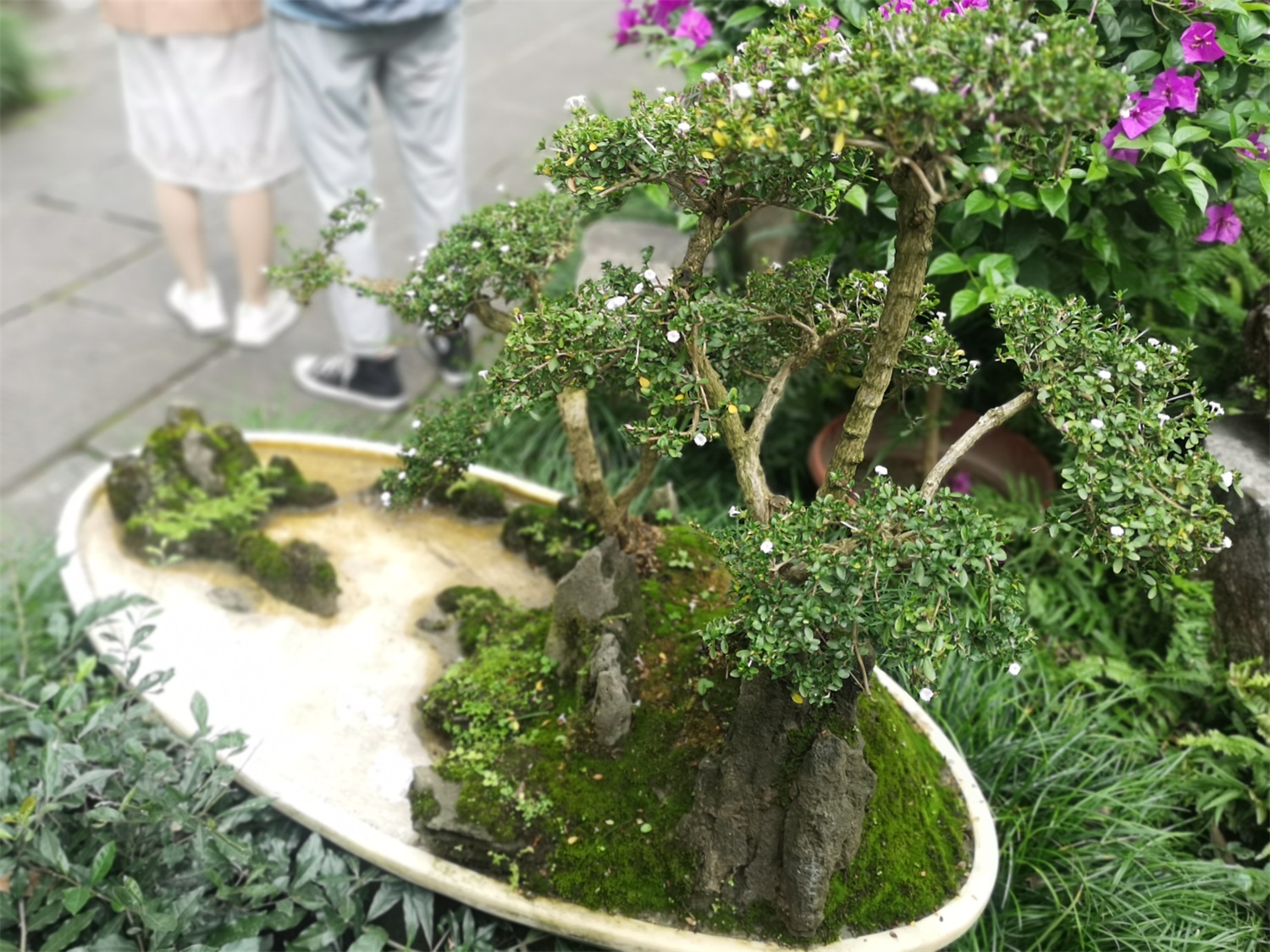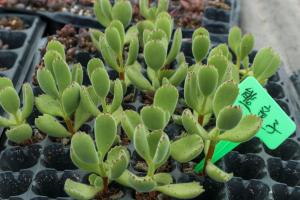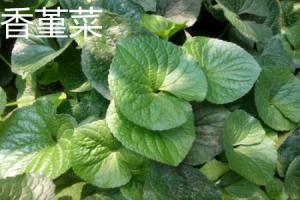Scattering method
Use the open space to loosen the soil, fine and level the soil mass
Sprinkle the cut branches of one to two sections (about three centimeters) evenly on the prepared ground, step on or compress the topsoil with objects, and pour water through
Spray water every other day. After about ten days, start rooting and sprouting new buds. After 25 days, start applying the first thin fertilizer solution. After 50 days, apply 1:1000 times urea to extract seedlings. After two months, they can be transplanted and planted. After four months, they can be cultivated in pots
In about a year, an ideal stump bonsai with hanging roots can be formed. If it is used as a hedge, it can be formed in half a year

Cutting method
The cutting method can be carried out all year round, but the survival rate of cutting is better in February to march in spring and Meiyu season
In Meiyu season, both hard and old branches can be used for cutting. Cut 6-8 cm cuttings and insert them into slightly acidic fine sandy loam. However, shade and maintain the seedbed after cutting. Pay attention to watering in time after cutting to keep the seedbed moist. Pay attention to cold prevention during cutting in winter
Generally, dormant branches are cut from February to March, semi mature branches are cut from June to July, and can be transplanted in pots from October to November

Ramet method
Ramets are often carried out around the beginning of spring and March before germination, or at the end of autumn when growth stops
Dig out the mother plant with roots from the soil and divide it into several small clumps with hands or scissors. Each small clump should carry 1-3 branches and roots at the lower part, and transplant them into the flower pot respectively
The common method of breeding in June is the method of dividing snow plants to compare the survival rate


 how many times do yo...
how many times do yo... how many planted tre...
how many planted tre... how many pine trees ...
how many pine trees ... how many pecan trees...
how many pecan trees... how many plants comp...
how many plants comp... how many plants can ...
how many plants can ... how many plants and ...
how many plants and ... how many pepper plan...
how many pepper plan...





























